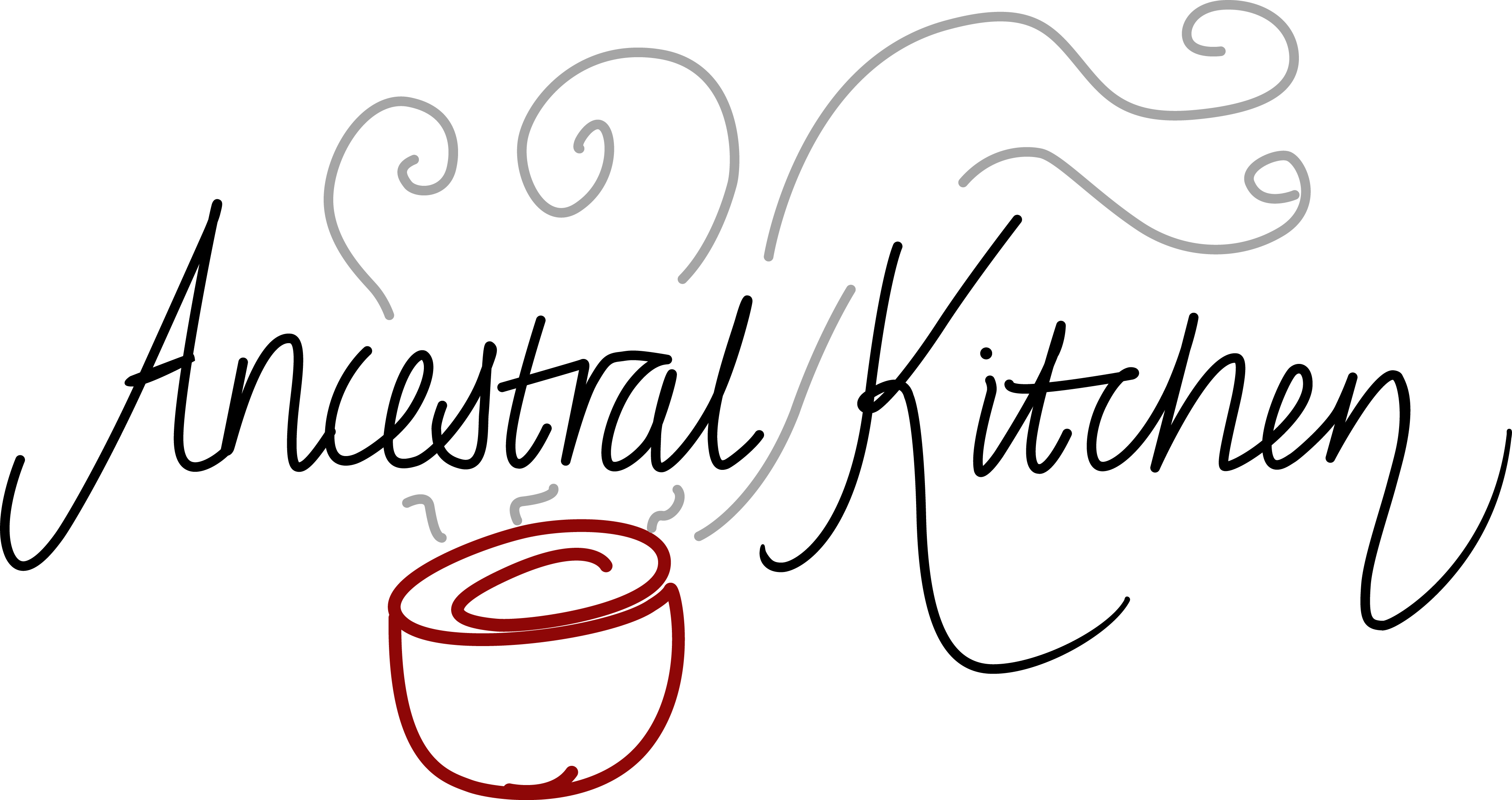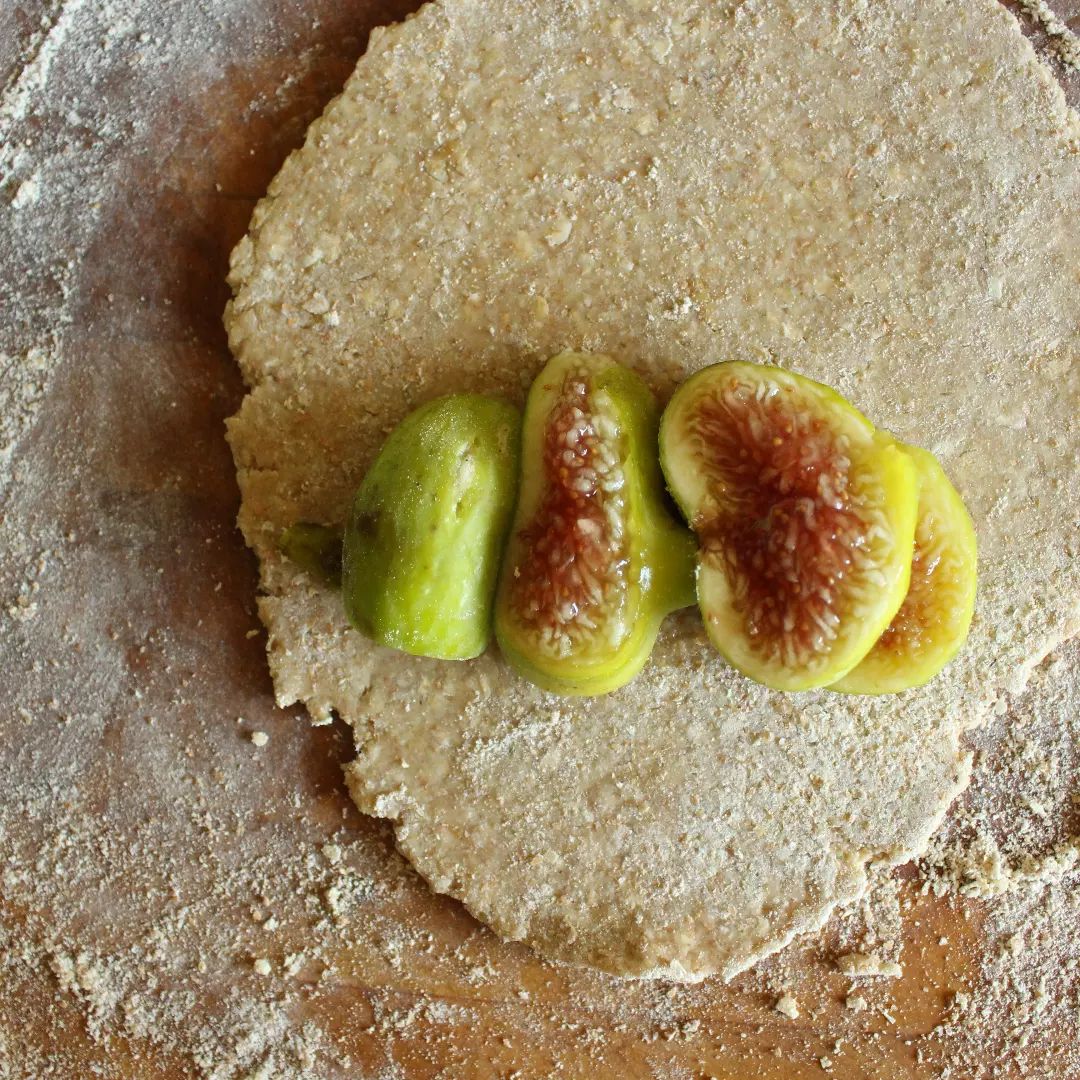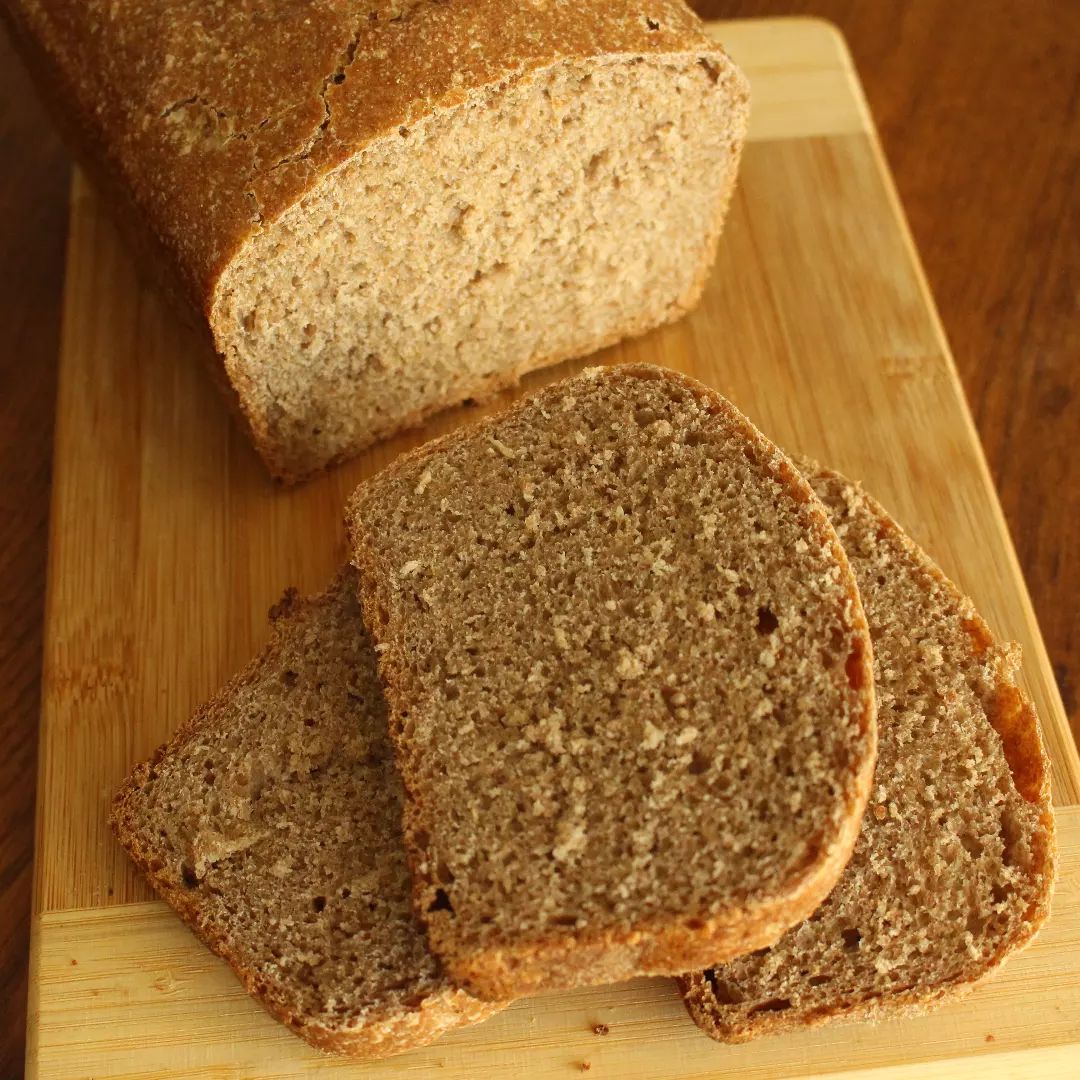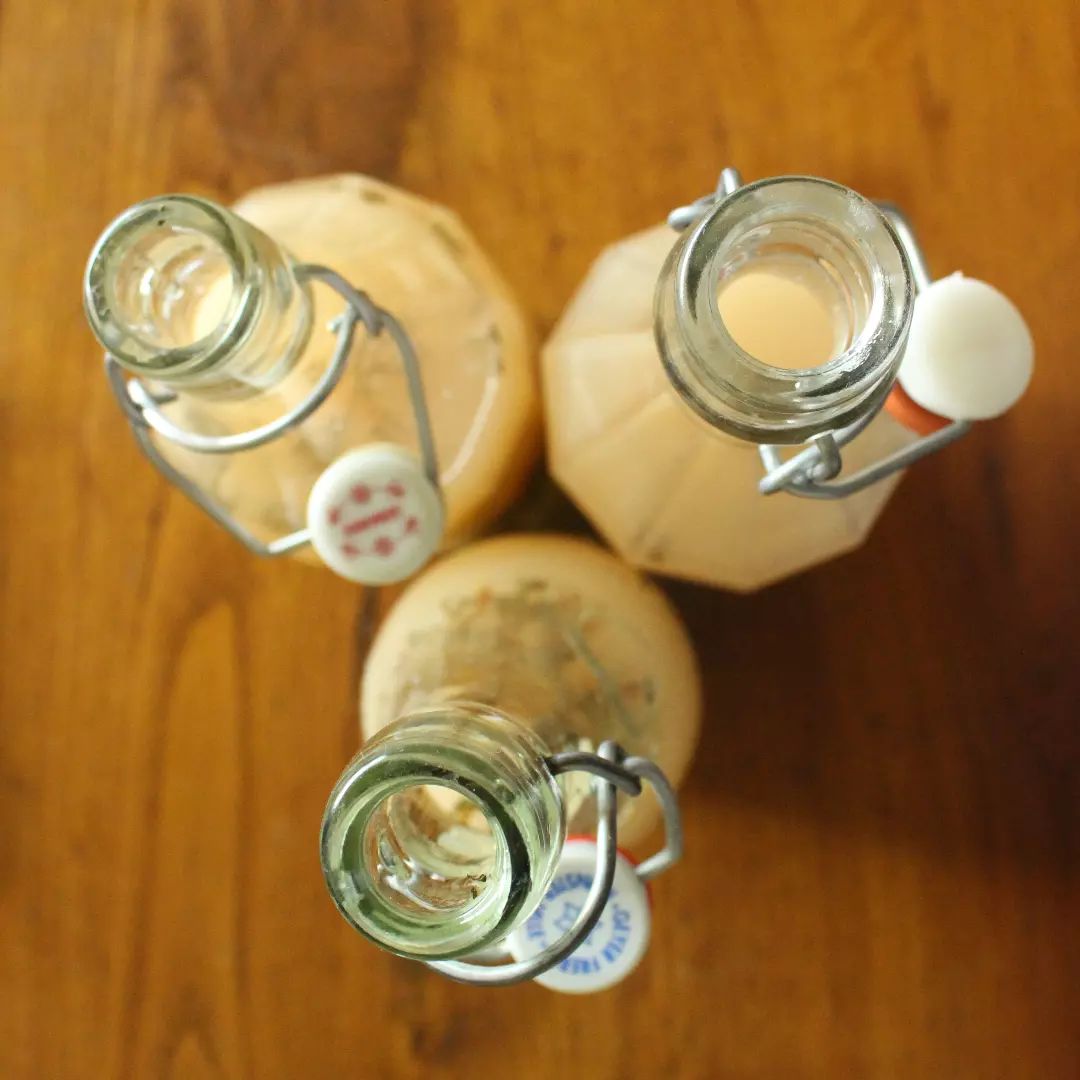Old rye bread, sugar and water – that’s all you need to make a fizzy, sweet, slightly boozy drink that is full of live goodies that’ll aid your digestion in its incredible work. . Some recipes out there soak the bread in water, drain it and then sugar-spike that liquid before fermenting. Other recipes use yeast. . My method relies on the power of wild yeasts as well as putting the bread right at the heart of the ferment – as you can see here! I use that same bread over again – a bit like you do kefir grains – to make bottle after bottle. . This is my husband Rob’s favourite of all the fermented drinks I make. He particularly likes the second ferment flavoured with cloves. . There’s a recipe (with photos and videos) on my site. I’ve made it the first button in the recipes section of my profile link if you are ready to have a go at kvass yourself!
Old rye bread, sugar and water – that’s all you need to make a fizzy, sweet, slightly boozy drink that is full of live goodies that’ll aid your digestion in its incredible work.
.
Some recipes out there soak the bread in water, drain it and then sugar-spike that liquid before fermenting. Other recipes use yeast.
.
My method relies on the power of wild yeasts as well as putting the bread right at the heart of the ferment – as you can see here! I use that same bread over again – a bit like you do kefir grains – to make bottle after bottle.
.
This is my husband Rob’s favourite of all the fermented drinks I make. He particularly likes the second ferment flavoured with cloves.
.
There’s a recipe (with photos and videos) on my site. I’ve made it the first button in the recipes section of my profile link if you are ready to have a go at kvass yourself!











